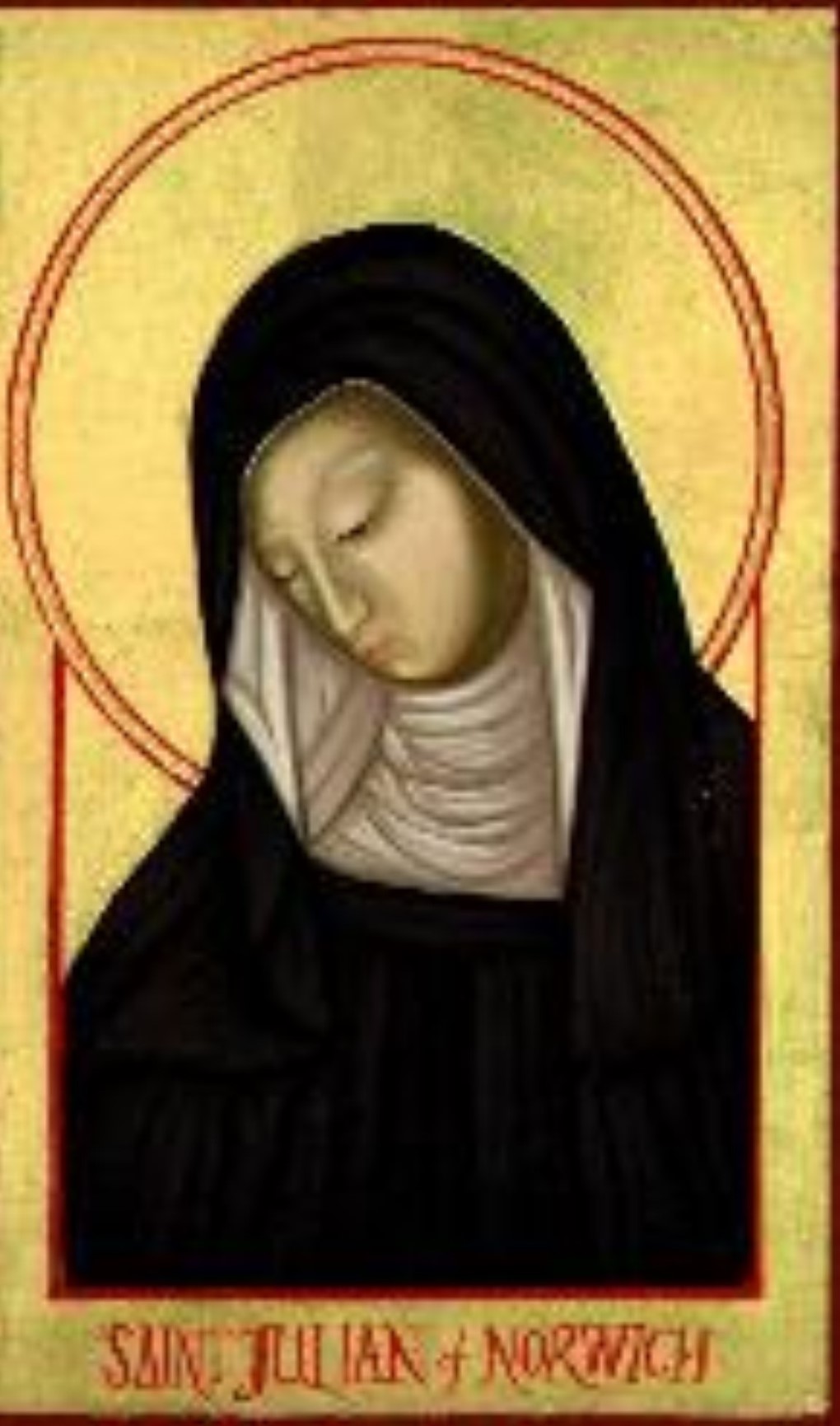
This is the second poem in the sequence, named after the small village in Somerset from which Eliot’s ancestors hailed. We could have included Four Quartets as a poem in its own right, but the sequence can also be viewed as a collection of four individual pieces.

This is one of the Four Quartets, which some critics – including Helen Gardner (who features in our pick of the best books about Eliot’s poetry) – have branded Eliot’s masterpiece. This picture of urban life makes ‘Preludes’ an important precursor – indeed, prelude – to T. In this quartet of short Eliot poems there seems to be little escape from the everyday urban life of drudgery: you get up, you go to work, you come home, you sleep (or try to), you do it all again the next day. Things don’t change, the world keeps turning, things largely remain constant. Hulme (whose work we’ve discussed here), and F.

Although critic Hugh Kenner thought these poems were not imagist per se, they are perhaps the meeting-point between Eliot’s poetry and that of poets like Richard Aldington, T. This is an almost imagistic portrayal of modern urban living with all is squalid and unseemly aspects.


 0 kommentar(er)
0 kommentar(er)
